 |
My 2015-16 RCAEP chemistry class did a fantastically creative job developing their own "Chemistry Monopoly" game for the Science Fair. Congratulations to them for taking the overall top honor for all science entries, plus their game was featured on the Facebook page of our textbook's author, Dr. Jay Wile.
These students put a lot of creative thought and energy into this project, and decided that rather than let it die there, they want to share the game with others who may benefit from the fun learning potential it carries. Below you will find all of the resources necessary to make your own Chemistry Monopoly game. Feel free to adjust it as desired to suit your own needs. ...
Copyright Info: No part of this game may be used for any financial gain, to include monetary prizes for fair entries, fundraising, direct selling, or other.
What's What:
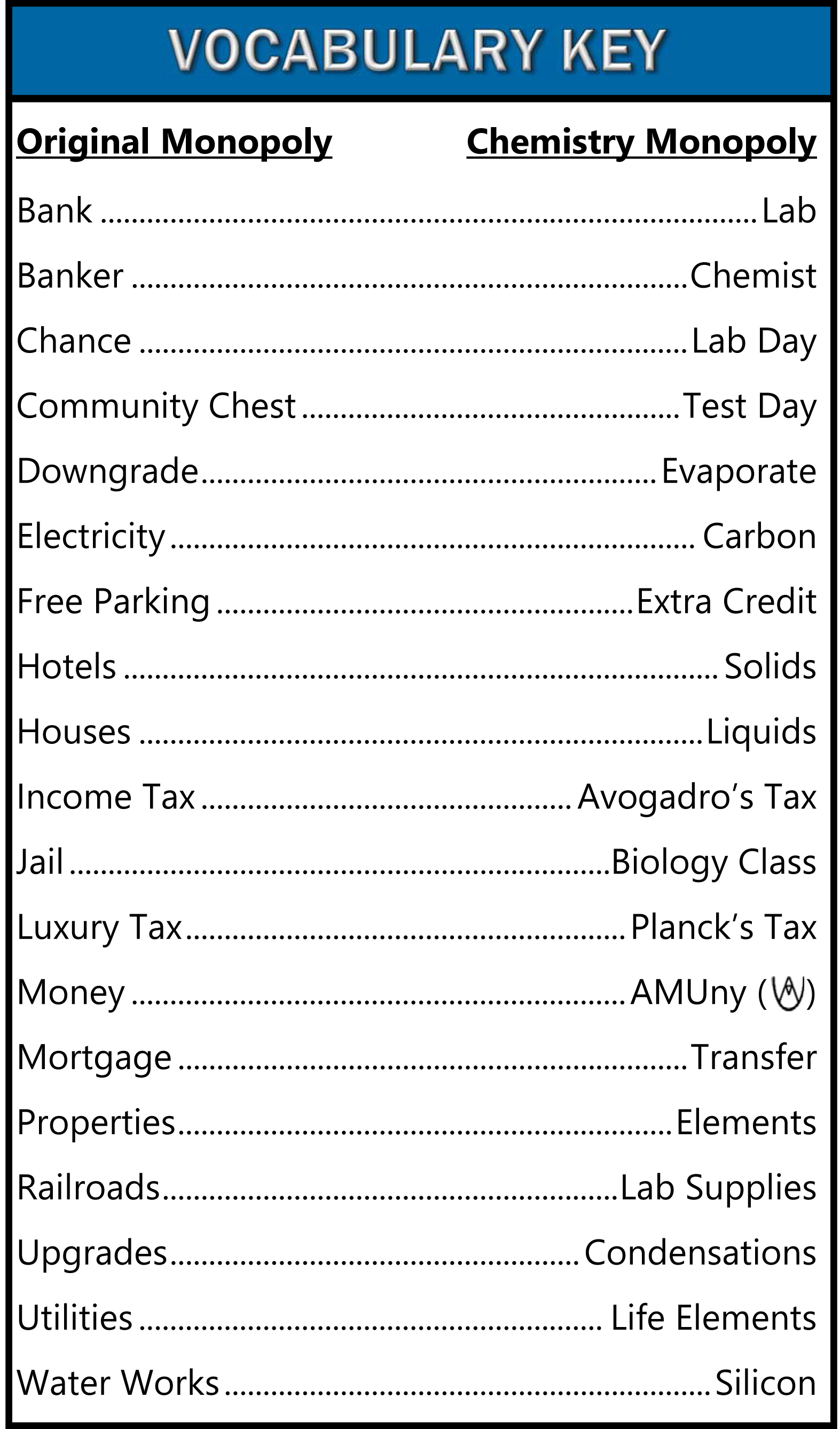
How to make your own set of Chemistry Monopoly:
|
• The Board
 We designed the board as a 16 x 20 inch JPEG file, and sent the photo to an online photo service, to print as a poster. We cropped it to a 16 x 16 square and framed it in a picture frame to keep it protected. (Click on the board at left for the full image file.) We designed the board as a 16 x 20 inch JPEG file, and sent the photo to an online photo service, to print as a poster. We cropped it to a 16 x 16 square and framed it in a picture frame to keep it protected. (Click on the board at left for the full image file.)
|
• The Elements
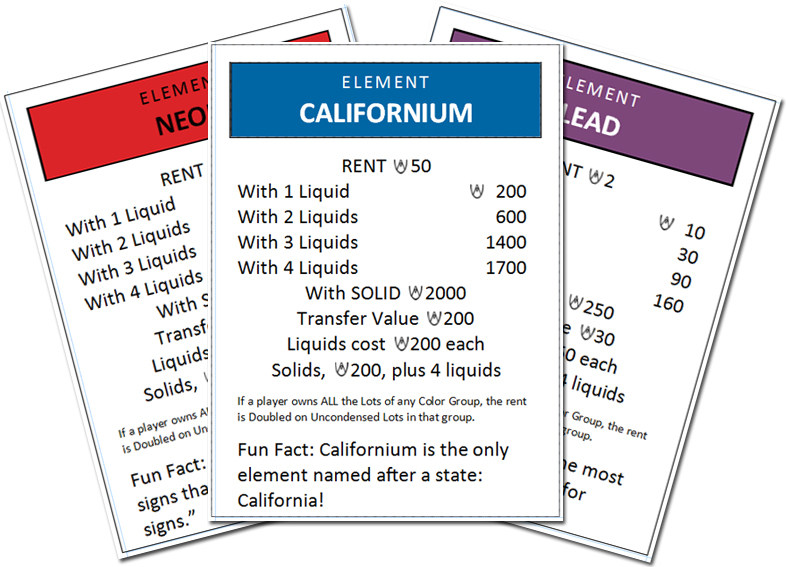 The properties around the board are taken from the Periodic Table of Elements, and grouped together by their similar features or values. All elements, when originally purchased from the Lab (our "bank"), are in their gas phase. The properties around the board are taken from the Periodic Table of Elements, and grouped together by their similar features or values. All elements, when originally purchased from the Lab (our "bank"), are in their gas phase.
When a player upgrades his property, he is actually condensing it, first to the liquid phase, and then to solid. Selling upgrades indicates that the elements are evaporating back toward their gas phase. If a player runs out of money and needs to "mortgage" a property, we think about the Law of Mass Conservation, which says that matter cannot be created or destroyed, but transferred. Thus, the player transfers his Elements back to the lab.
Our "property cards" not only incorporate our revised vocabulary, but each one features a special "Fun Fact" about the Element it represents. We saved the cards as PDF files (front | back) and had them printed on card stock, cut, and laminated.
|
• The Railroads and Utilities
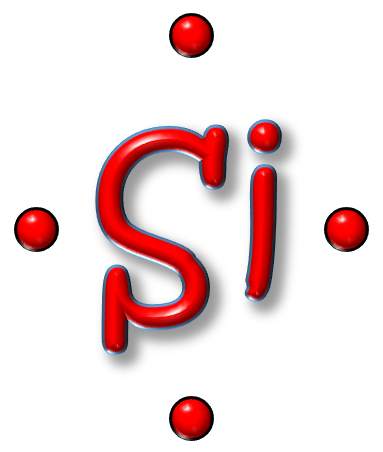 In a standard game of Monopoly, the railroads are the vehicles you might ride to get from one street to another. In the lab, Elements are transported in vessels such as beakers, graduated cylinders, test tubes, and watch glasses--the Lab Supplies! In a standard game of Monopoly, the railroads are the vehicles you might ride to get from one street to another. In the lab, Elements are transported in vessels such as beakers, graduated cylinders, test tubes, and watch glasses--the Lab Supplies!
It’s hard to imagine being able to survive without electricity or water. These utilities are vital to sustaining life. Carbon is the key component for all known life on earth and, because they have the same number of valence electrons, Carbon and Silicon behave very similarly. Some people hypothesize that life forms could be Silicon-based. These Life Elements seemed like a natural parallel to the Utilities.
|
• The Finances
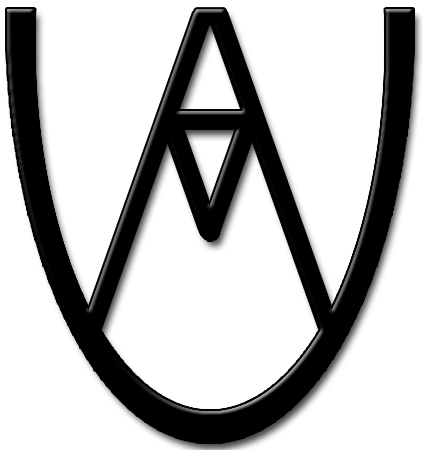 Each element has its own mass, which is measured by the Atomic Mass Unit (AMU). In our chemistry class, AMUs are arguably the most-referenced values in all of our math work. That being said, it just seemed to make sense (phonetically, too) that AMUny should replace the Monopoly money. (Click on the image at left for the full image file of the AMUny logo.) Each element has its own mass, which is measured by the Atomic Mass Unit (AMU). In our chemistry class, AMUs are arguably the most-referenced values in all of our math work. That being said, it just seemed to make sense (phonetically, too) that AMUny should replace the Monopoly money. (Click on the image at left for the full image file of the AMUny logo.)
Nobody likes to give away their money, but taxes seem to be inevitable. One might even say they are a constant burden. Speaking of constants... There are these two that are special, as they are the key to stoichiometry, which helps us relate proportions in chemical reactions. Named after Max Planck and Amedeo Avagadro, these numbers are vital to our chemistry work.
Our AMUny maker was a creative cat-meme fan. You can print your own AMUny on different color papers for each denomination: 1 | 5 | 10 | 20 | 50 | 100 | 500. (Using traditional Monopoly money can work as well.)
|
• The Hardware
Certainly you could use the standard markers, houses, and hotels with your Chemistry Monopoly game, which may save a little time and money. But here's what we did:
|
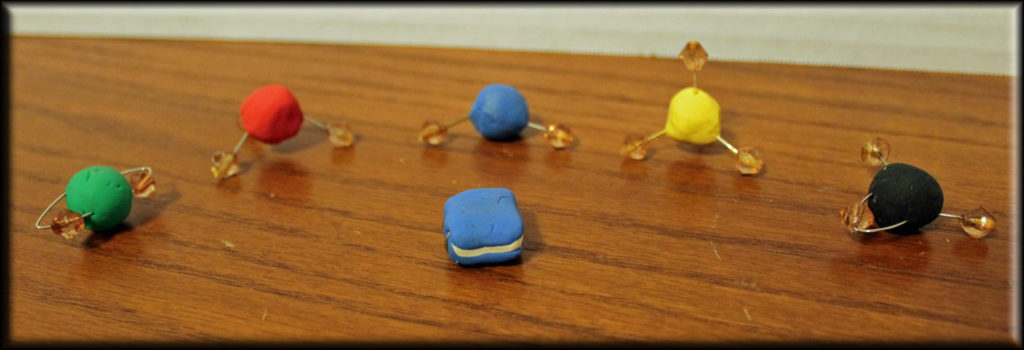 Five of our hand-crafted game tokens are 3D models of covalent-bonded molecules. These molecules form tight bonds, and gain their shape based on their electronegativity. Our sixth game piece is a miniature likeness of our chemistry text book by Dr. Jay Wile. (Click on the picture for a larger view.) Five of our hand-crafted game tokens are 3D models of covalent-bonded molecules. These molecules form tight bonds, and gain their shape based on their electronegativity. Our sixth game piece is a miniature likeness of our chemistry text book by Dr. Jay Wile. (Click on the picture for a larger view.)
|
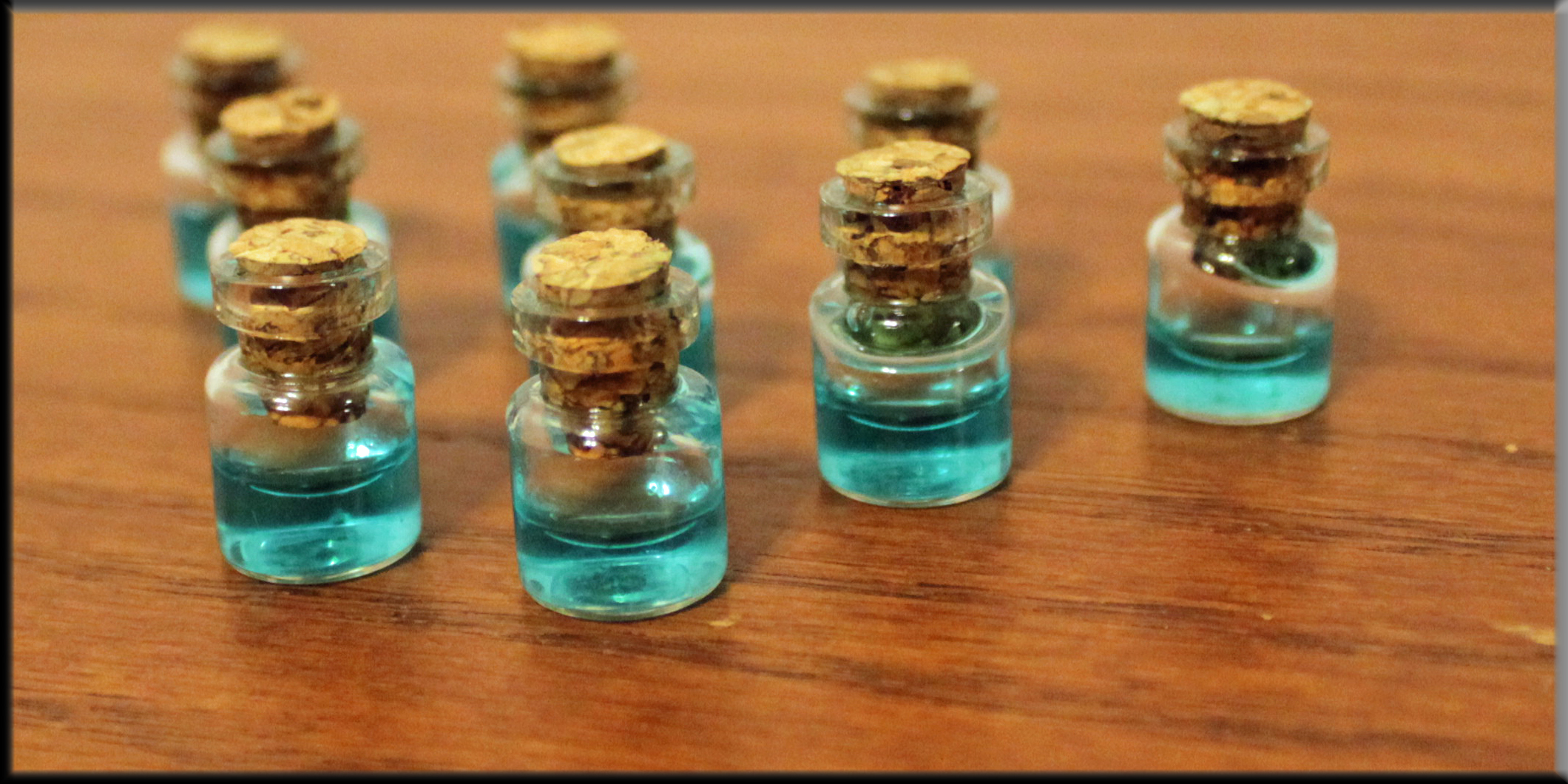 Our liquids ("houses") are tiny cork jars filled with colored water. We found them online at Amazon. (Click on the picture for a larger view.) Our liquids ("houses") are tiny cork jars filled with colored water. We found them online at Amazon. (Click on the picture for a larger view.)
|
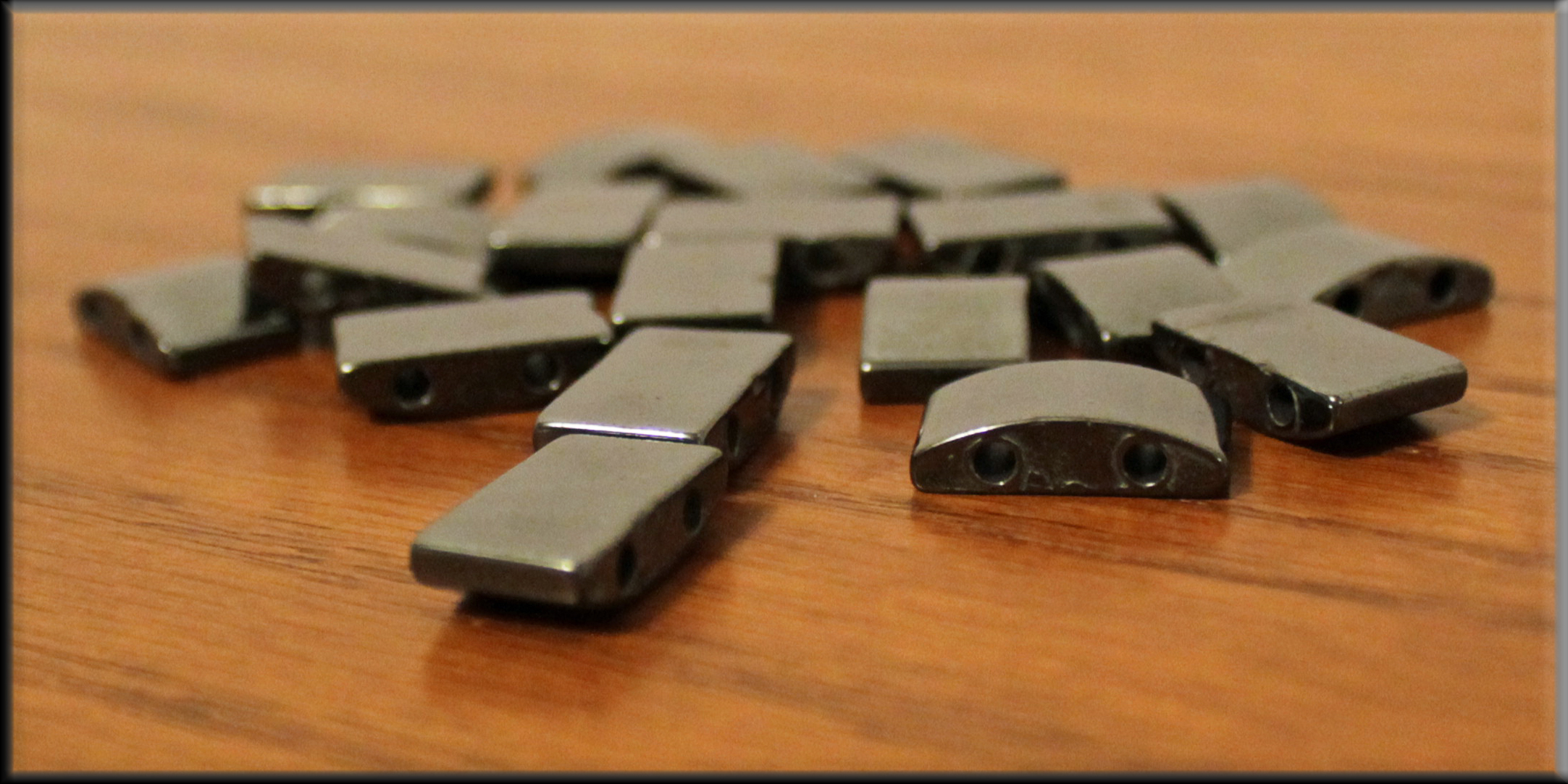 Our solids ("hotels") are dark, flat hematite cube beads, such as these on Amazon or Etsy. (Click on the picture for a larger view.) Our solids ("hotels") are dark, flat hematite cube beads, such as these on Amazon or Etsy. (Click on the picture for a larger view.)
|
• Lab Day and Test Day
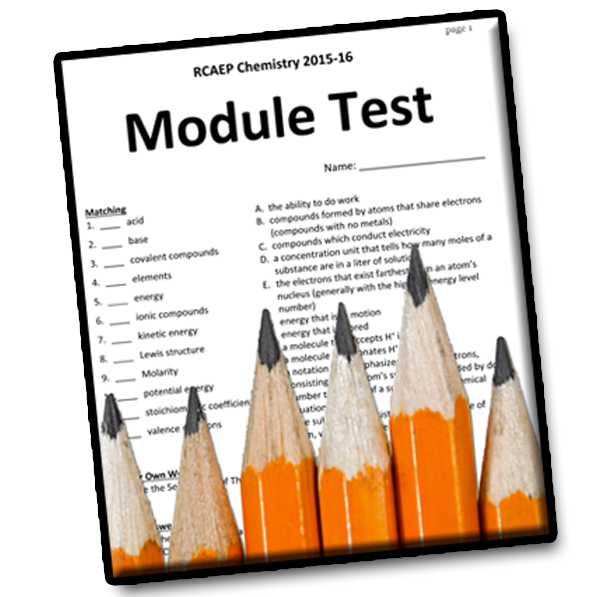 One of our very creative students edited the traditional "Chance" and "Community Chest" card instructions to suit our game more appropriately. You can print your own (we used colored card stock) with these files: One of our very creative students edited the traditional "Chance" and "Community Chest" card instructions to suit our game more appropriately. You can print your own (we used colored card stock) with these files:
Lab Day (Chance): Face | Back
Test Day (Community Chest): Face | Back
|
• The Rules
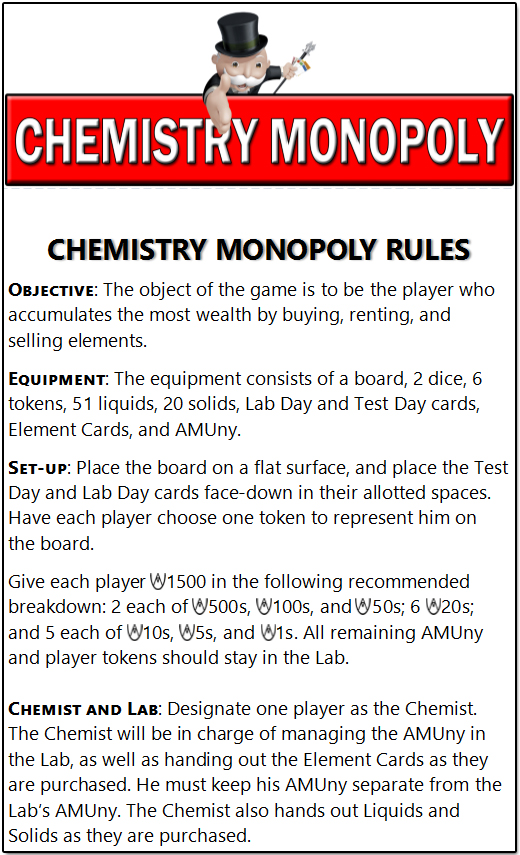 The rules for Chemistry Monopoly are very similar to the rules for ordinary Monopoly, but the vocabulary has changed a bit to be adapted to our version. You can reference the booklet online here, download and save it, or print it to keep with your own set of Chemistry Monopoly. The rules for Chemistry Monopoly are very similar to the rules for ordinary Monopoly, but the vocabulary has changed a bit to be adapted to our version. You can reference the booklet online here, download and save it, or print it to keep with your own set of Chemistry Monopoly.
|
|
|




 The properties around the board are taken from the Periodic Table of Elements, and grouped together by their similar features or values. All elements, when originally purchased from the Lab (our "bank"), are in their gas phase.
The properties around the board are taken from the Periodic Table of Elements, and grouped together by their similar features or values. All elements, when originally purchased from the Lab (our "bank"), are in their gas phase.



 Follow me on Facebook!
Follow me on Facebook!